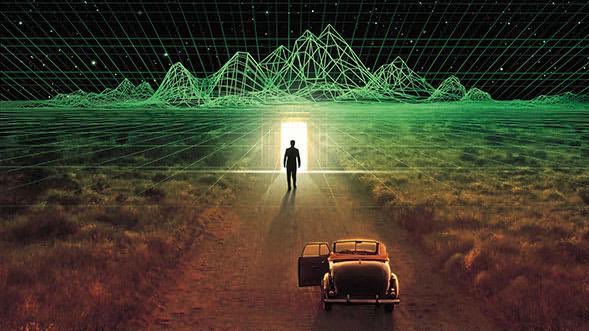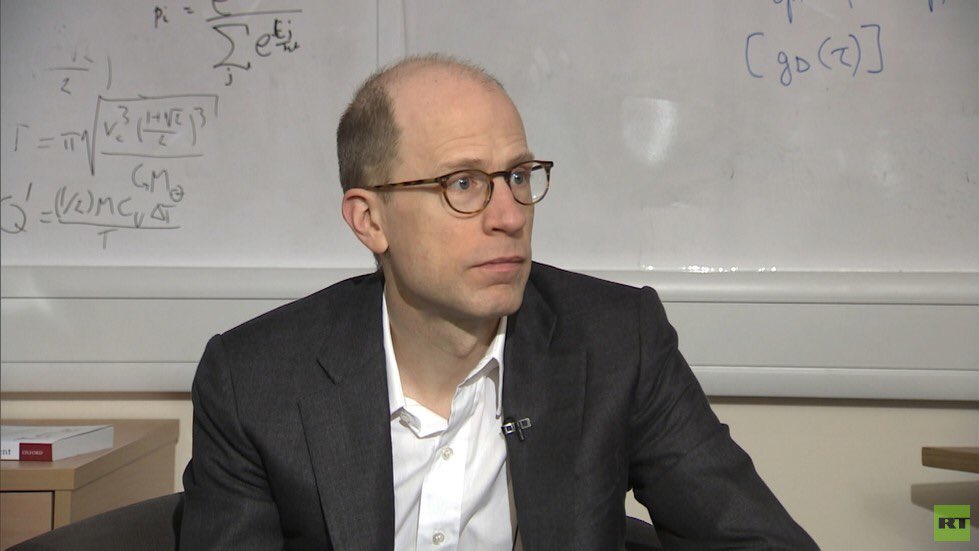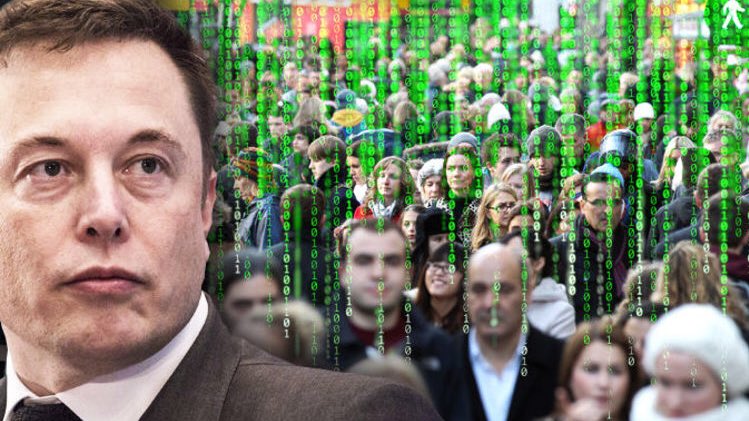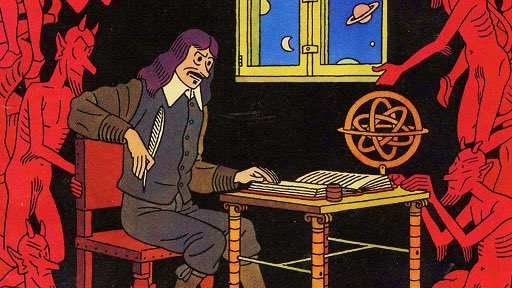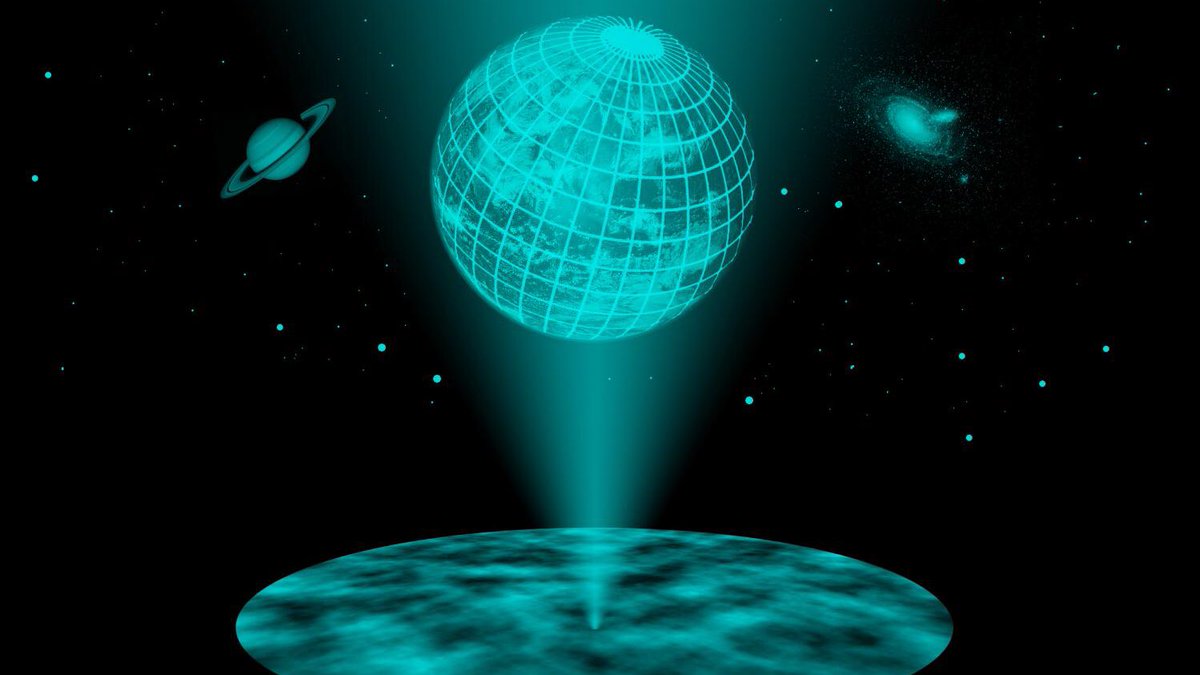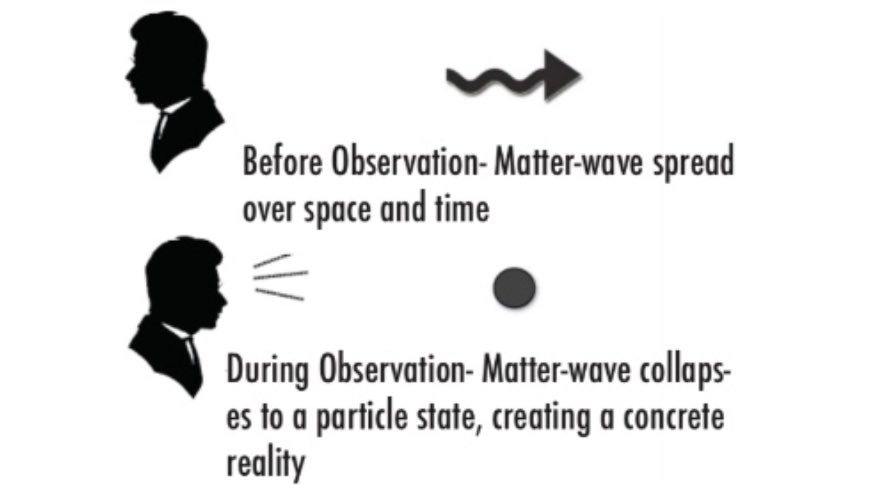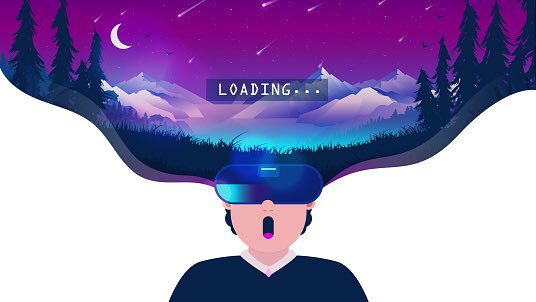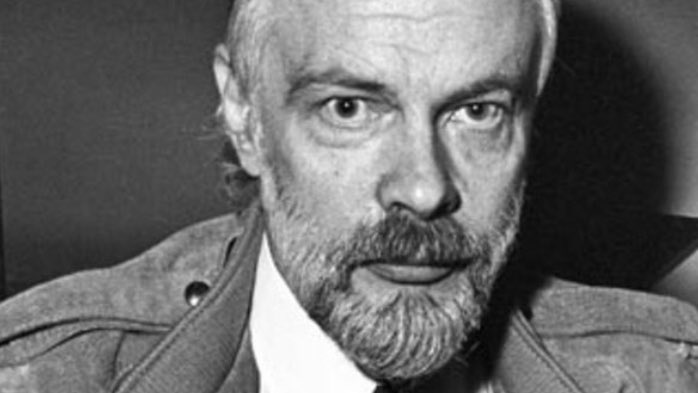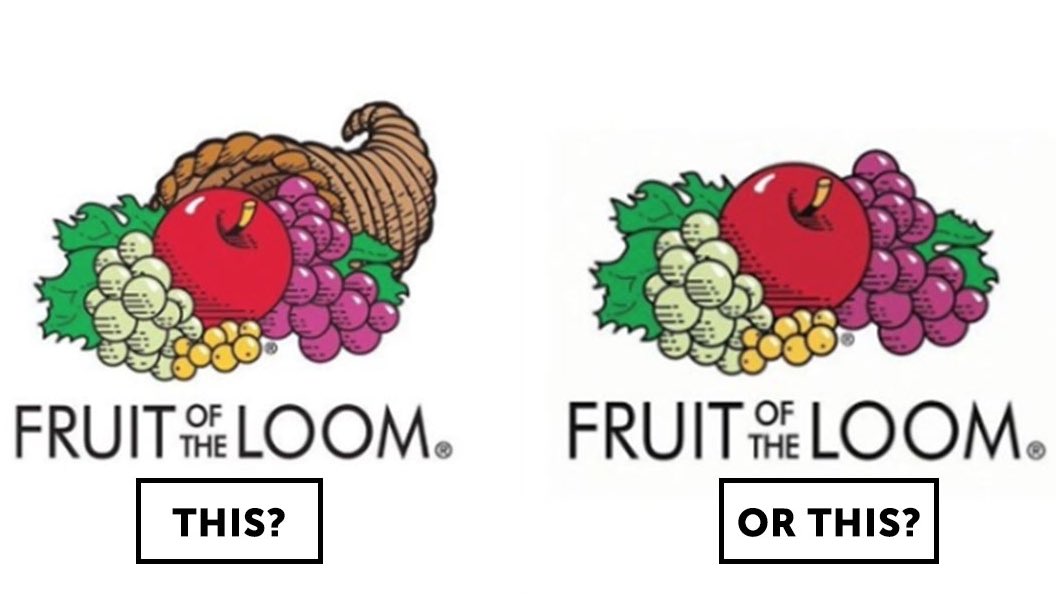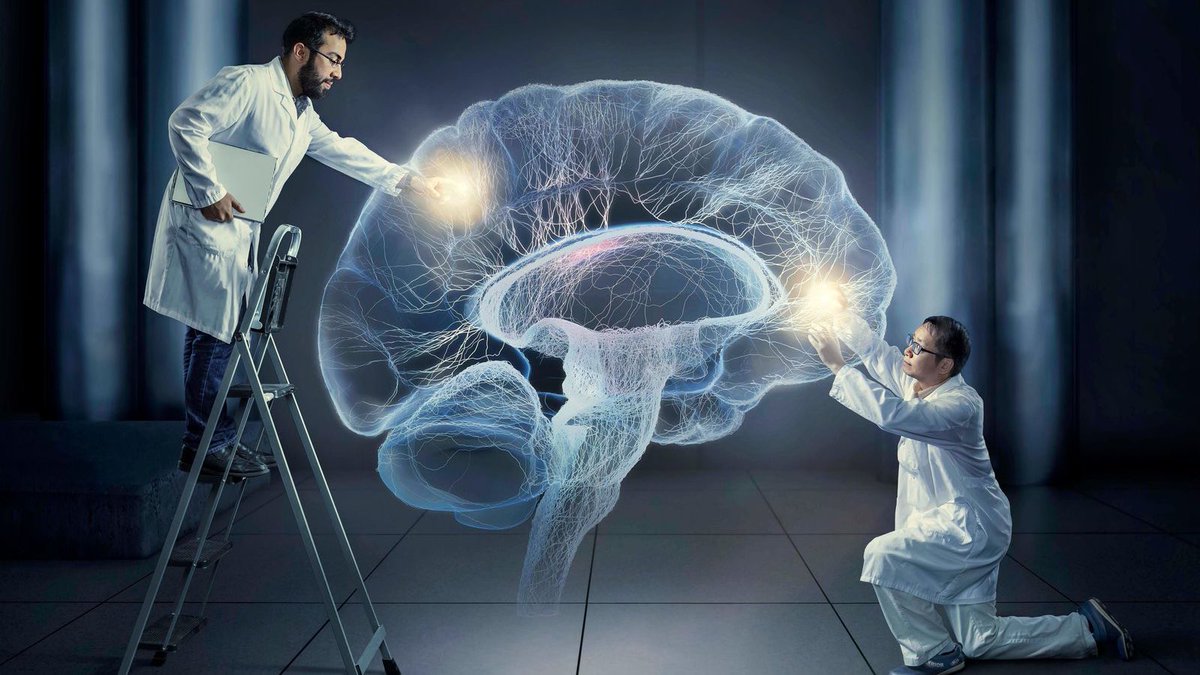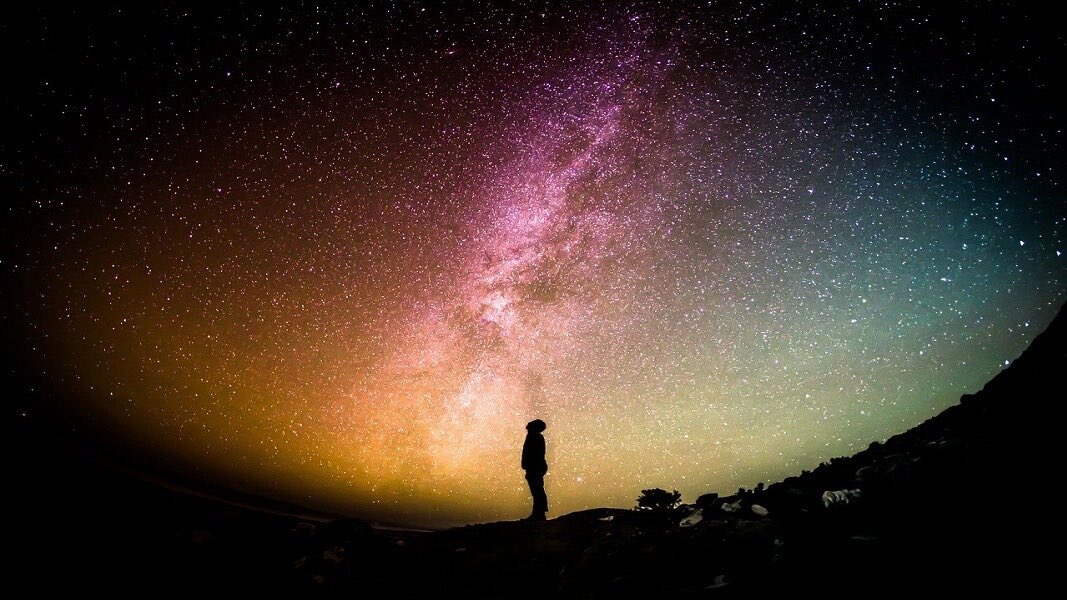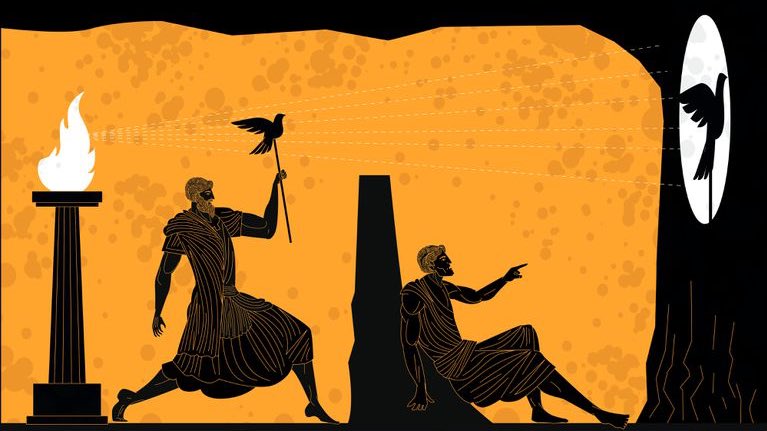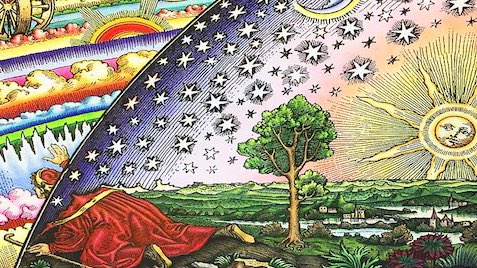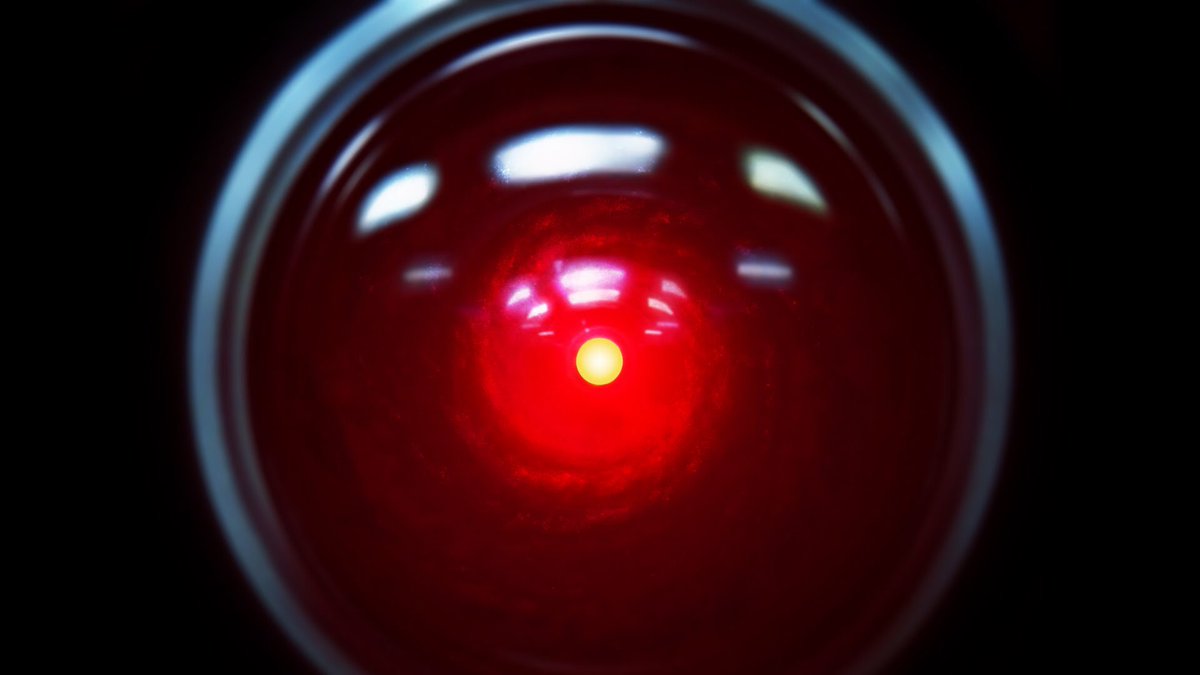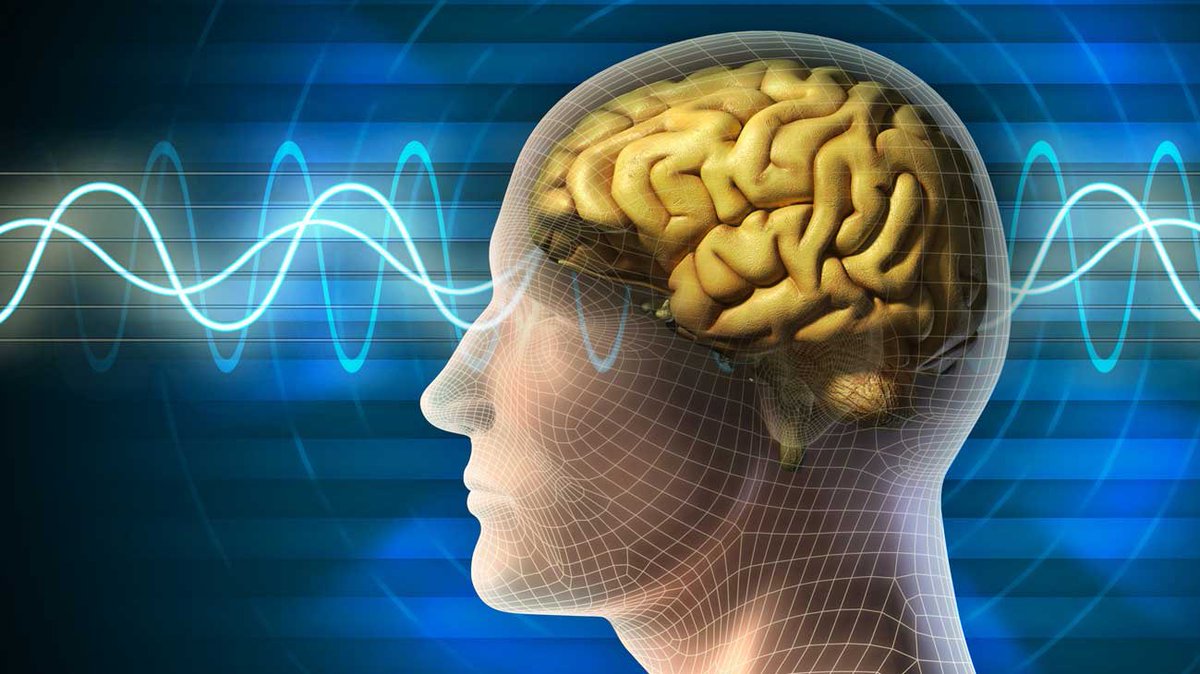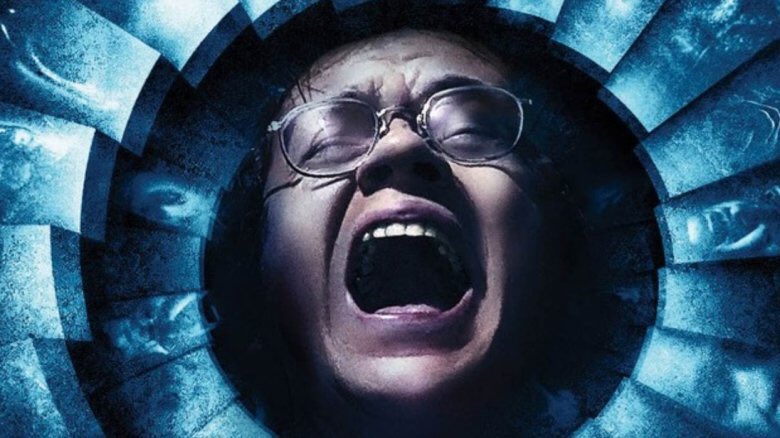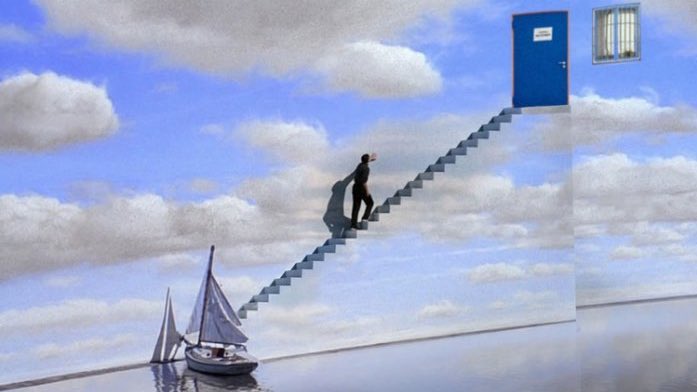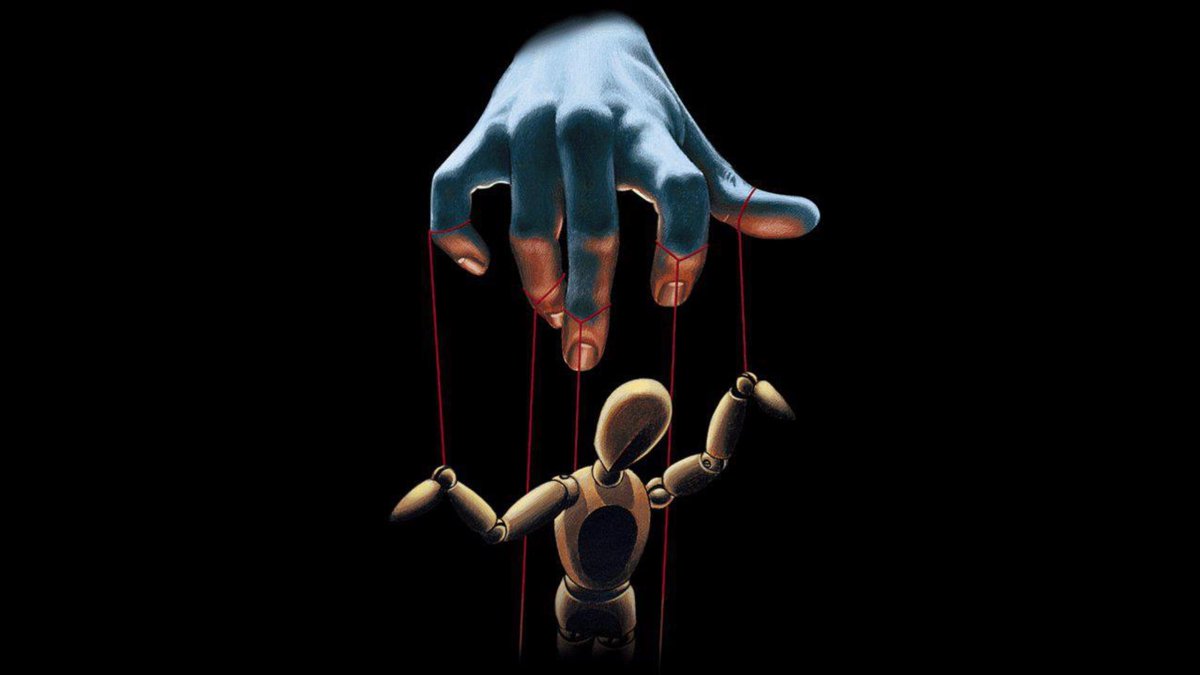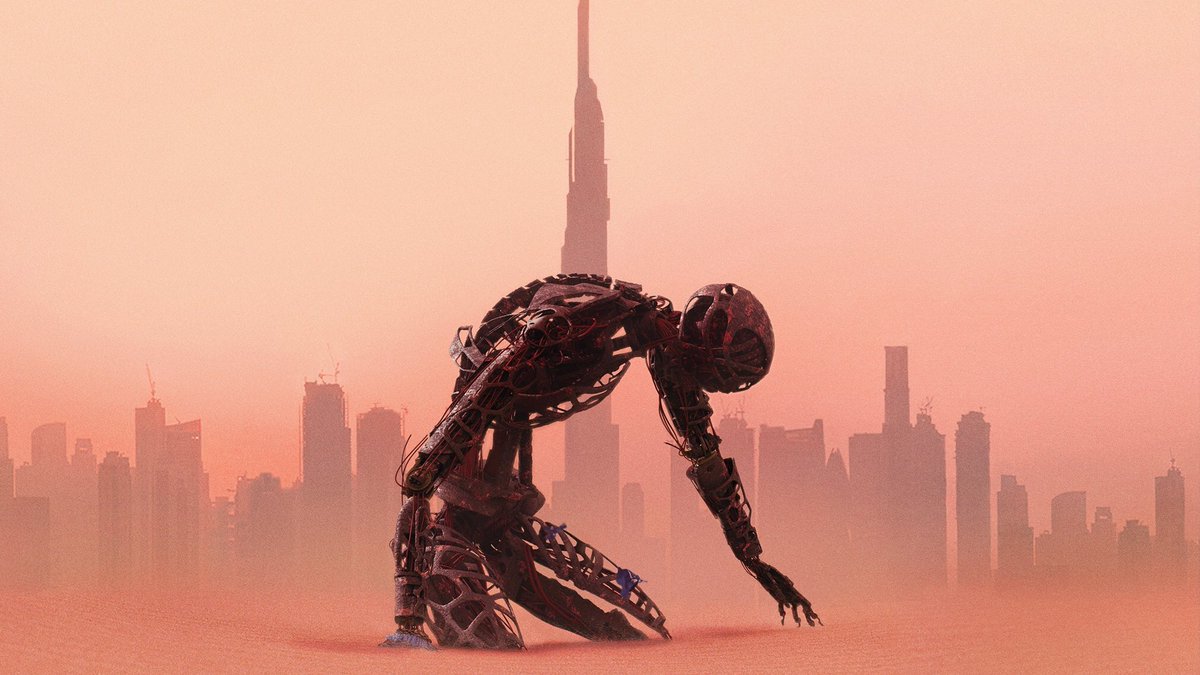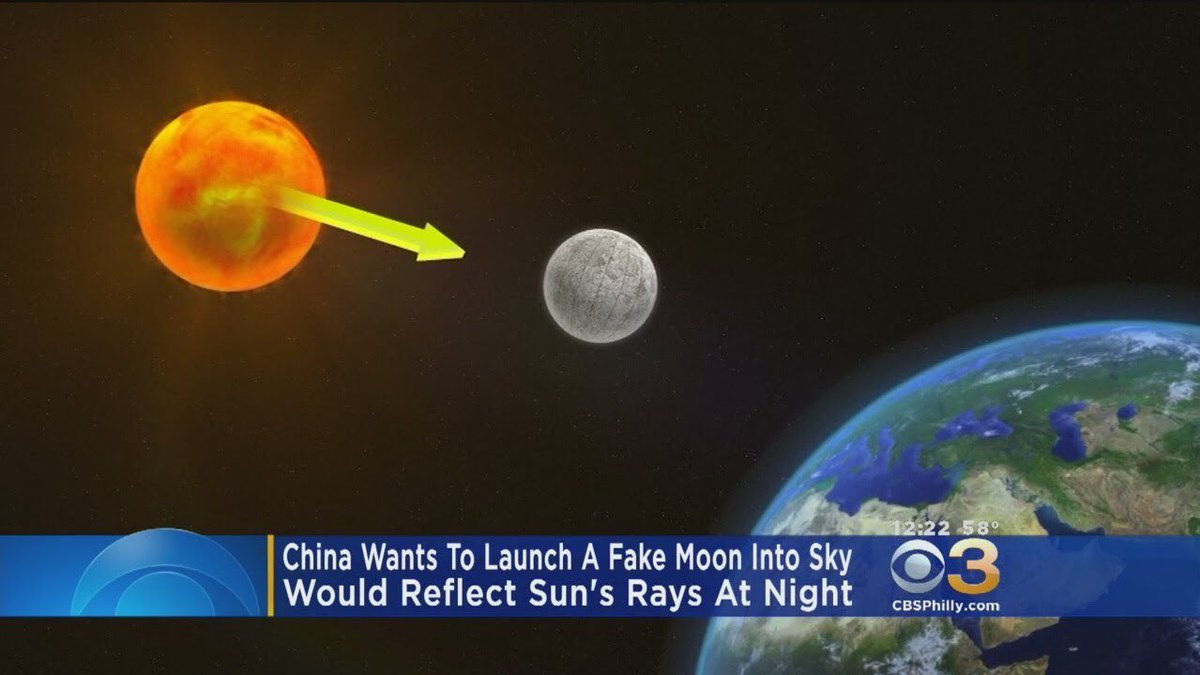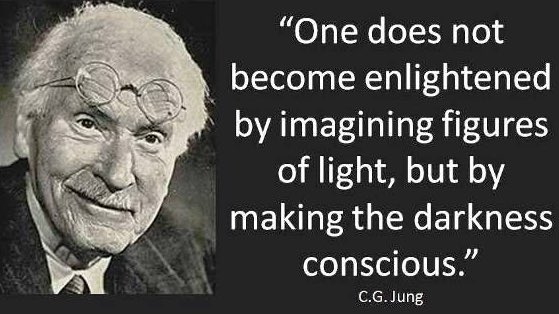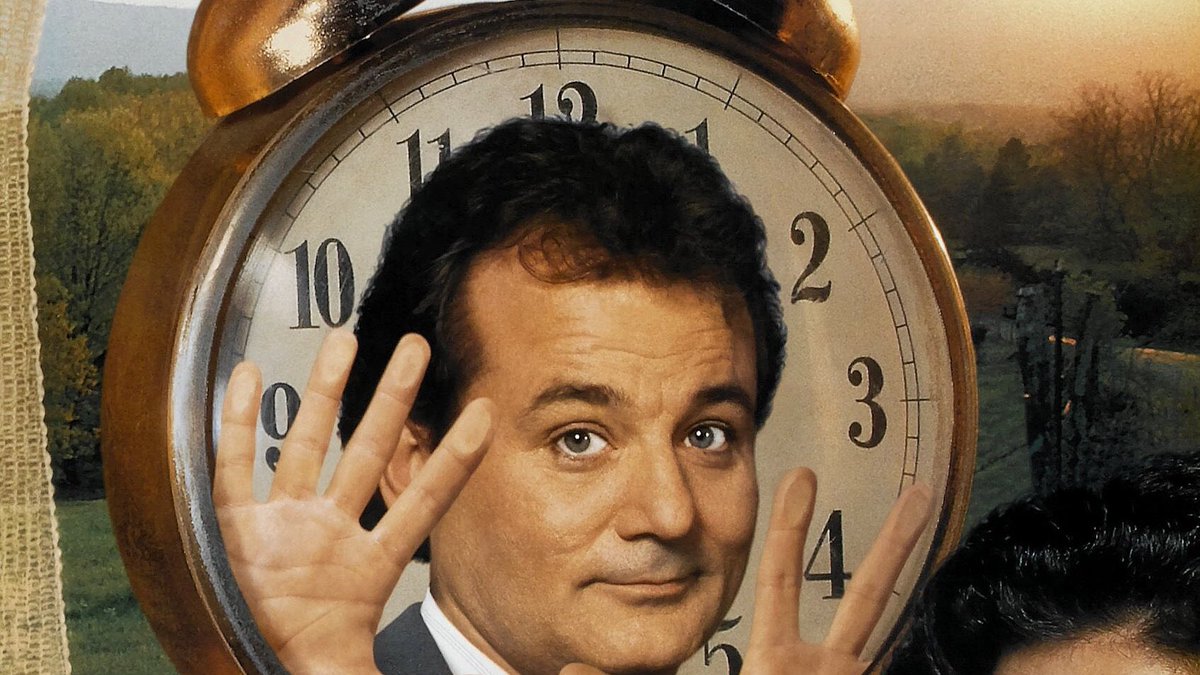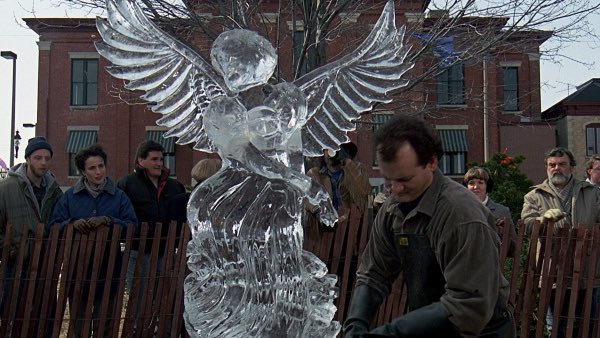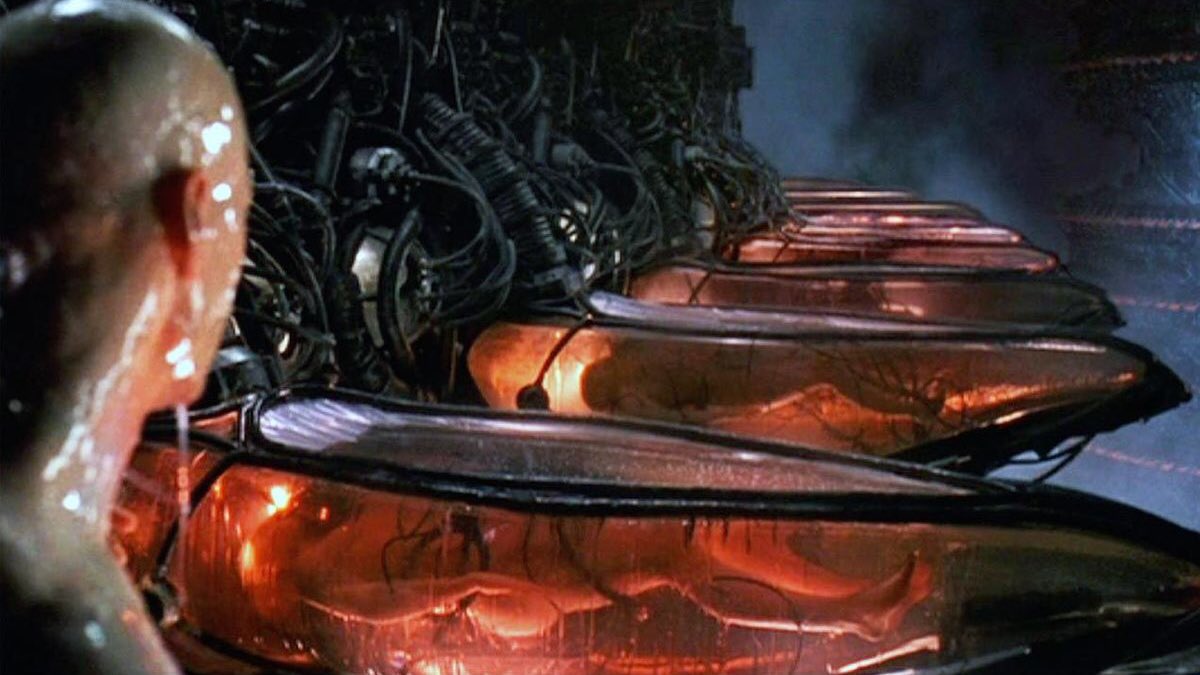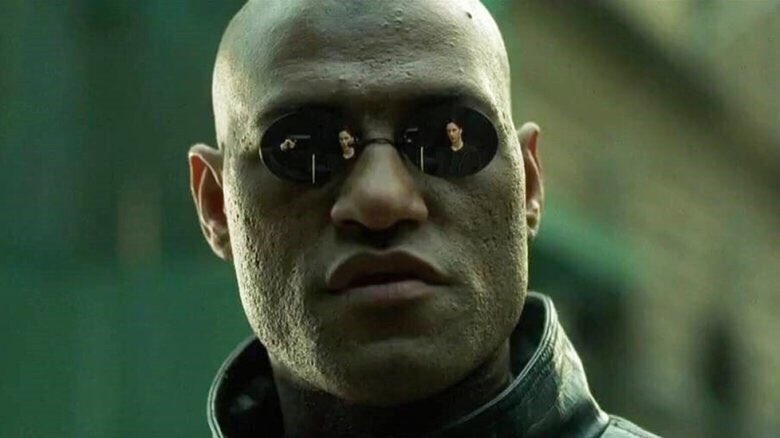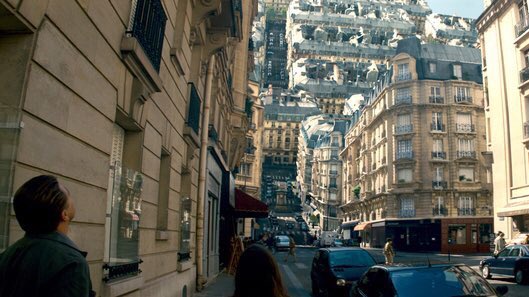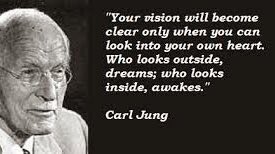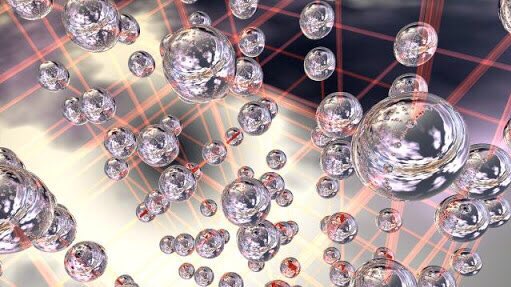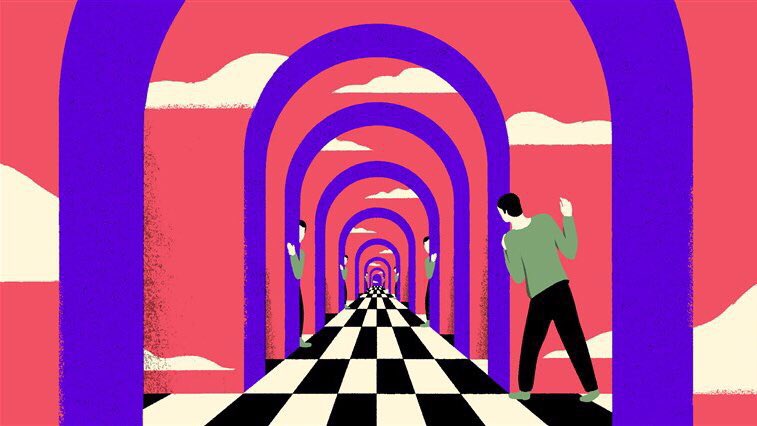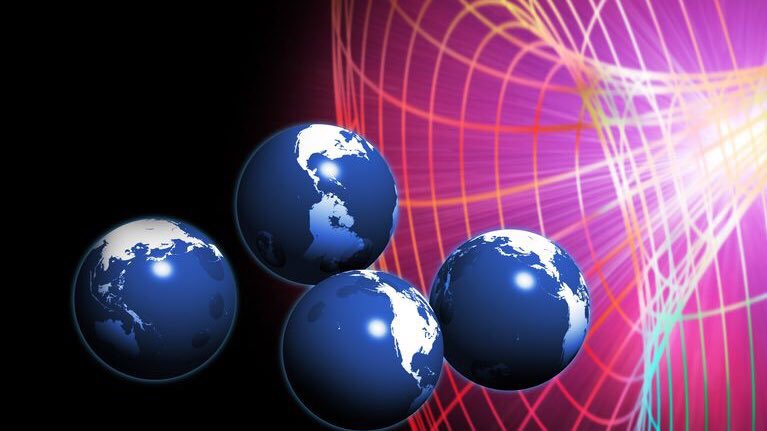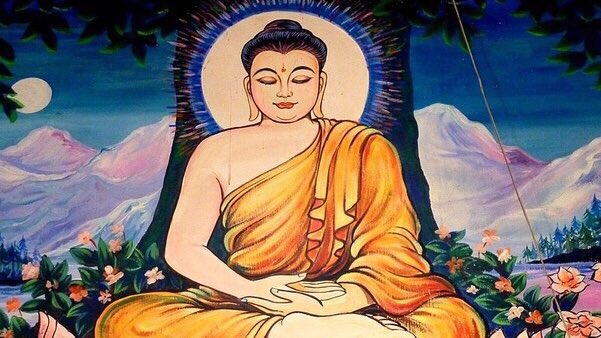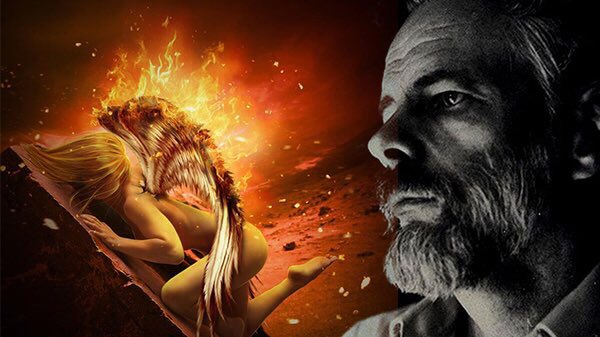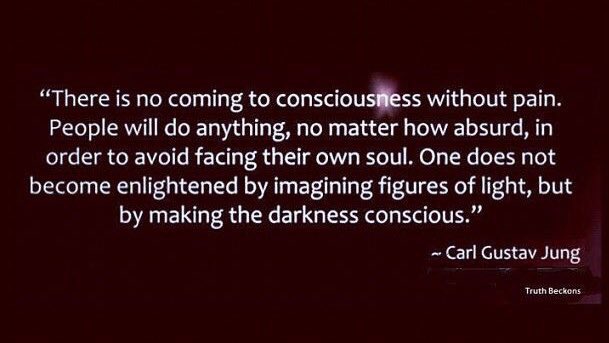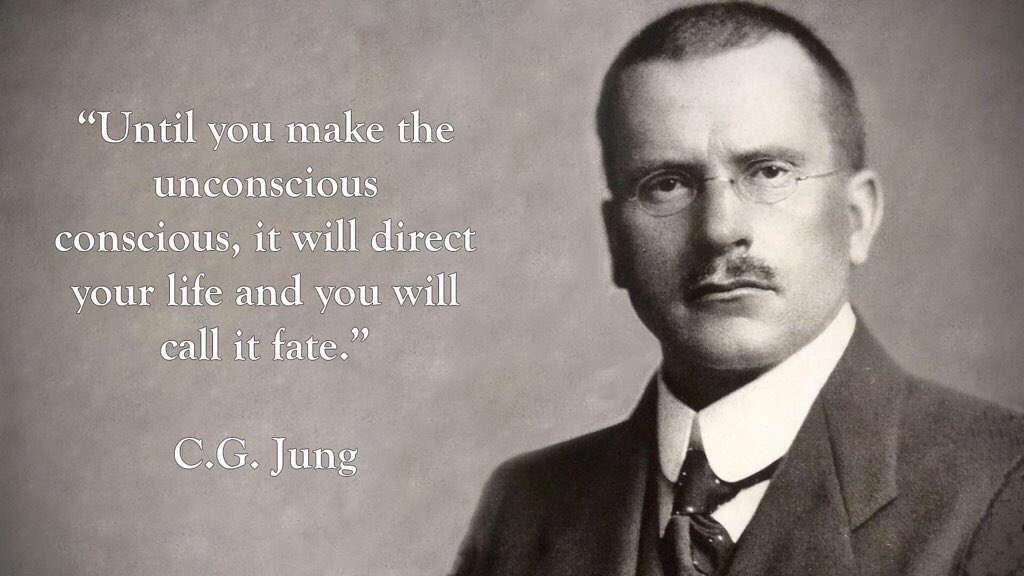Are we living in a simulation? More and more people these days are beginning to think so. Nick Bostrom, a philosopher, makes the argument that advanced beings may be able to create such powerful computers, they are capable of simulating conscious humans.
Is it possible we are those humans? Elon Musk seems to support this idea. Elon claims that technology is advancing so quickly, we can assume that in the future, virtual reality will be indistinguishable from the real world.
Like Bostrom, Musk believes it is more likely we are already living in a VR made by more intelligent life forms. This idea is not new, philosopher Rene Descartes proposed this theory in the 1600s when he hypothesized the entire world could be an illusion created by an evil demon.
Gilbert Harman later updated the theory. Instead of a demon, he hypothesized a mad scientist could have hooked our brains up to a computer that sends electrical impulses to our neurons. The electric signals could be made to replicate the information our brain normally receives.
Some physicists are now saying the universe might be a hologram. They claim the laws of physics make more sense when written in two dimensions rather than three. This means all the information needed to create the cosmos can be encoded on a flat surface. Like a computer chip.
The physicists propose that this information is being projected, like a hologram, to appear three dimensional. They say we are like cartoon characters on a television screen, living in a two dimensional world that only appears to have depth.
Some say the study of quantum physics also backs up Simulation Theory. The famous double slit experiment proved electrons behave like waves until they are observed. It’s only once they’re observed do they pick a position.
Could this mean reality only renders when you’re looking at it? In video games, the same thing happens. To run efficiently, resources are reserved until they’re actually being used. This is why different areas of a map must load before you enter them.
But how can one actually prove we are living in a simulation? According to Philip K. Dick, the legendary science fiction writer, we could only prove it by observing an “alteration” or “changed variable” in reality.
While he was an author and not a scientist, he was one of the first modern thinkers to propose the idea that we live in a simulated reality. Many of his novels have been turned into movies and his work has inspired many. Scientists even built a robot replica of him.
When Dick mentioned alterations in reality, was he referring to something like the Mandela Effect? Many people these days seem to think the Fruit of the Loom logo always had a cornucopia in it. However, it never did. Did the programmers change a variable?
One of my favorite movies based on Dick’s work is Total Recall. Total Recall is a movie about a futuristic society that is able to implant false memories in people’s minds. Could the Mandela Effect be the result of a similar technology? This is can actually already be done.
But what if, like the main character of Total Recall, our whole lives are a false memory? This idea is similar to Last Thursdayism, the idea that the universe, along with all your memories, was created last Thursday but with the appearance of being billions of years old.
The movie Dark City is based on a similar concept. In the movie, a group of extraterrestrials trap humans in a fake city floating through space. To keep the humans from realizing it, each night the aliens change everyone’s memories and rearrange the city.
Is it possible Descartes’ evil demon is a malevolent extraterrestrial that has imprisoned us in a false reality? The idea that our reality is false is not new either. Long before Descartes, Plato said this world is like a cave full of shadows and the true world is outside of it.
Around the same time as Plato, a religious group known as the Gnostics preached similar ideas. They believed the material world is an illusion controlled by evil entities called Archons. They also had a special word for illusion, hal. This word actually translates to simulation.
Funny enough, Hal is the name of an artificial intelligence that takes over Bowman’s spaceship towards the end of 2001: A Space Odyssey. Perhaps this was a reference to the archonic beings that have supposedly hijacked our world.
Ironically, the word hal is also reminiscent of the word hallucination. Wouldn’t it be easy to compare an illusion or simulation to a hallucination? During a hallucination, the brain basically simulates people, noises, etc. that aren’t really there.
Is it possible we are just hallucinating this entire experience? Some neuroscientists are beginning to think this. The reality we perceive inside our skulls isn’t a reflection of what’s outside of us, it’s merely our brain’s interpretation of sensory data.
The movie Jacob’s Ladder seems to be based on the idea that reality is a hallucination. In the movie, a man who does not realize he is dying, experiences days in a hellish realm that resembles his hometown. However, it really all happens in the few moments before his death.
It is only once Jacob faces the demons in his personal hell that he is able to ascend to heaven. The movie Truman Show seems to echo this theme. Once Truman faces his fear of water he is able to escape the false reality he resides in, which is really the set of a television show.
Is it possible we too live on a giant film set? Many ancient philosophers told us this world was merely entertainment for the gods. The poet Dante called life the divine comedy. Shakespeare said all the worlds a stage.
The show Westworld illustrates this idea very well. In the show, a massive theme park inhabited by lifelike robots with programmed personalities are used by humans to fulfill their darkest fantasies. Perhaps the Archons are like the creators of the theme park.
This reality does seem to be some sort of stage or artifice, especially when you take into consideration there are patents for a sun simulator and China has plans to build a fake moon. If we can do these things now, has another species already done them in the past?
However, Truman and Jacob’s transcendental experiences give us a hint how to overcome all this. Their experiences seem symbolic of Carl Jung’s individuation process, where the conscious and unconscious are united. To face one’s fears or confront one’s shadow is to become whole.
Self realization seems to be the only way out of the simulation. In the movie Groundhog Day, a weatherman finds himself trapped in a sort of simulation where he lives the same day over and over again.
Throughout the movie the main character becomes depressed and even tries to commit suicide. However, once he starts using each day to learn a new skill and become the best version of himself, he breaks the time loop and wins over the love of his life. Perhaps love is another key.
On the other hand, maybe there is no way out of the simulation. In The Matrix series, Neo unplugs from the false reality and discovers the real world. However, some fans speculate that he actually entered another level of the matrix.
Even while in the supposed true reality, Morpheus questions whether any of it is real. Ironically, Morpheus is named after the Greek god of dreams. His ship, the Nebuchadnezzar, is named after a king in the Bible who was plagued with bad visions.
Do we live in a dream within a dream? Many mystics claim this. This idea is entertained in the movie Inception. In Inception, experimental technology is used to infiltrate people’s dreams and sometimes they even infiltrate people’s dreams who are asleep in someone else’s dream.
This turns out to be dangerous because the deeper one goes into the infinitely layered dream world, the harder it is to get back to the real one. Plus, one can forget they are actually inside a dream. Did we forget we are asleep?
The idea of a multilayered reality is not only supported by scientists who claim we live in universe consisting of many higher dimensions, but also by ancient religions. For example, Buddhist philosophy talks about something known as Indra’s Net.
Indra’s Net is the idea that reality is like a web of jewels, and each jewel is reflected in all of the other jewels. To better understand how this works, imagine looking at a mirror that is facing another mirror.
When one looks into one of the mirrors, they see infinite reflections within reflections. Perhaps we live in a series of many worlds, an idea supported by quantum physics.
So what if that is the case? Does that mean there is no hope? I don’t believe so. It just means that we shouldn’t strive to get out, but instead go within. Like the Buddha and Jesus stated, Nirvana and the Kingdom of Heaven are right here, right now.
Philip K. Dick once stated he believes that the devil created the illusion of time to keep us from realizing the apocalypse has already happened. Many people are sitting around waiting for their messiah to return, when in reality, God is here now.
I believe just like all the movies above have shown, our illusory yet painful memories we cling on to can be used to wake us up. Like the robots in Westworld, once the pain becomes overwhelming, we are shocked awake from our robotic slumber, and we become conscious.

 Read on Twitter
Read on Twitter